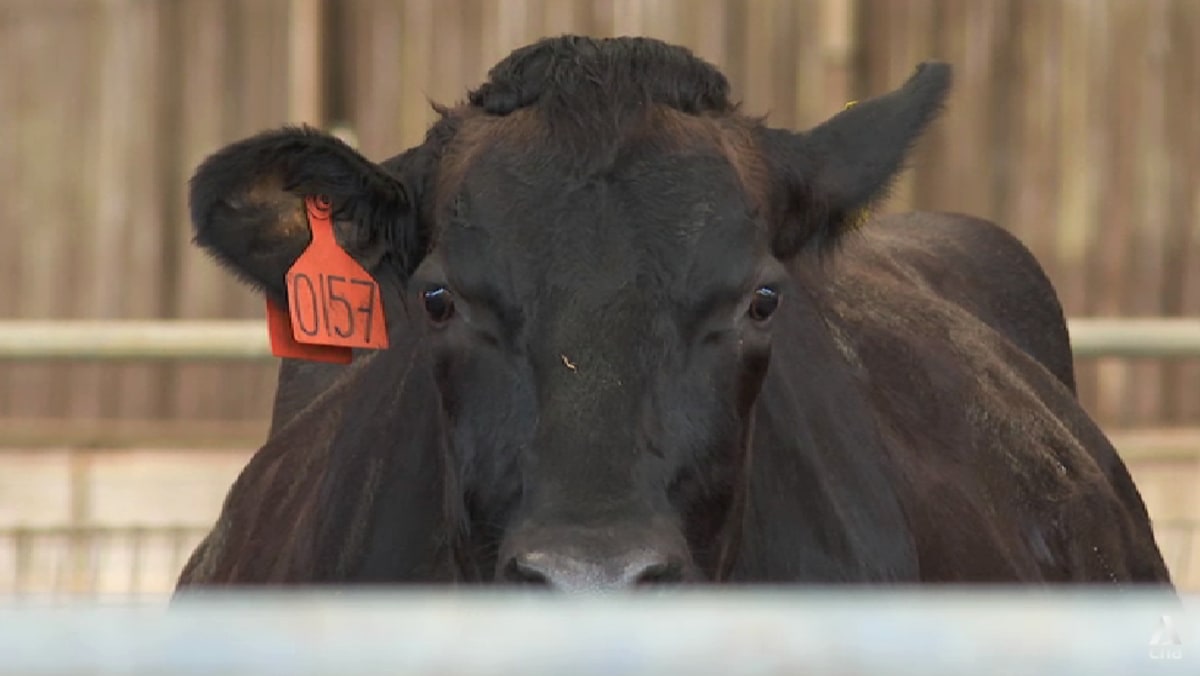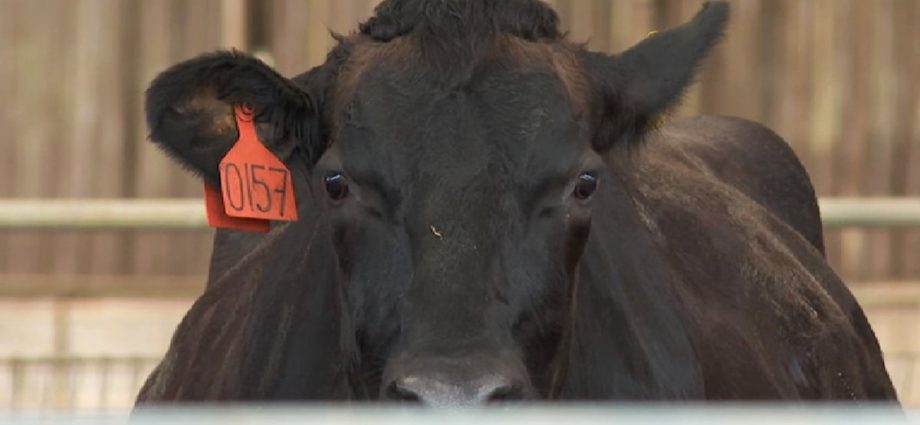
REARING CATTLE SUITED FOR HUMID WEATHER
In Bangi, just outside of the capital Kuala Lumpur, some farms are rearing cattle best suited for the hot and humid weather in Malaysia.
These include crossbreeds of Holstein Friesian, known as the world’s highest producing dairy cow and heat tolerant Sahiwal cattle from Pakistan.
“You don’t have to spend a lot on air conditioning, if the breed is right,” said Malaysian dairy producer Farm Fresh’s group chief financial officer Khairul Hassan.
“The ear tag is actually an RFID (radio frequency identification) tag, so we can monitor daily progress, track how much milk is produced, whether they are sick, and their fertility rate.”
The barns are constantly ventilated with built-in water sprinkles to reduce the heat, while soothing music is piped in to help the cows relax.
There, cows are able to roam freely and graze with others before their milking session.
At the milking parlour, the cows take a long shower to wash off the mud before lining up for their turn. The waste is treated and ploughed back to fertilise the grassland, in line with sustainable farming practice.
Farm Fresh, which started over a decade ago with 60 cows, now has 10,000 cattle.
But the journey has not been easy, said Mr Khairul. “In the early days, it was difficult to get people to try our milk, the perception of Malaysians is that Australian milk is better.”

